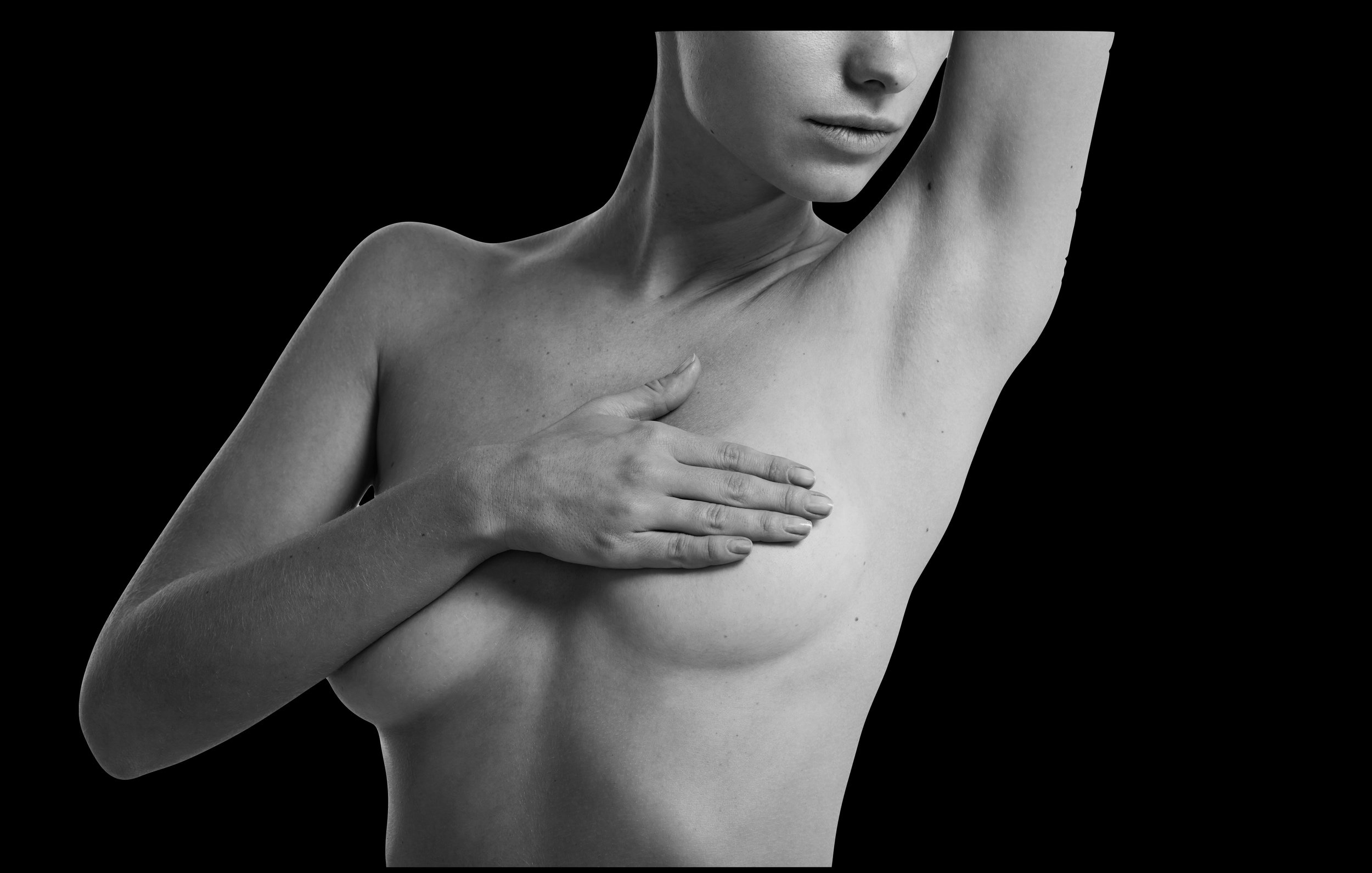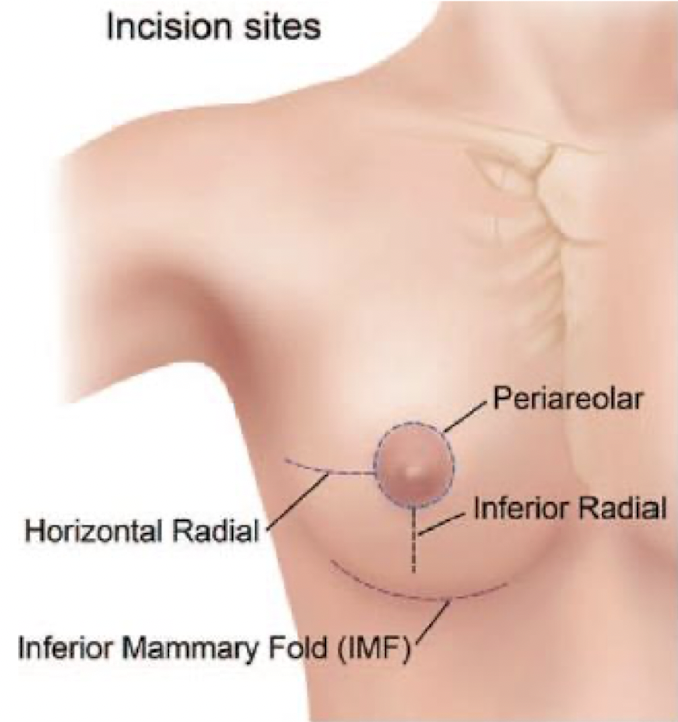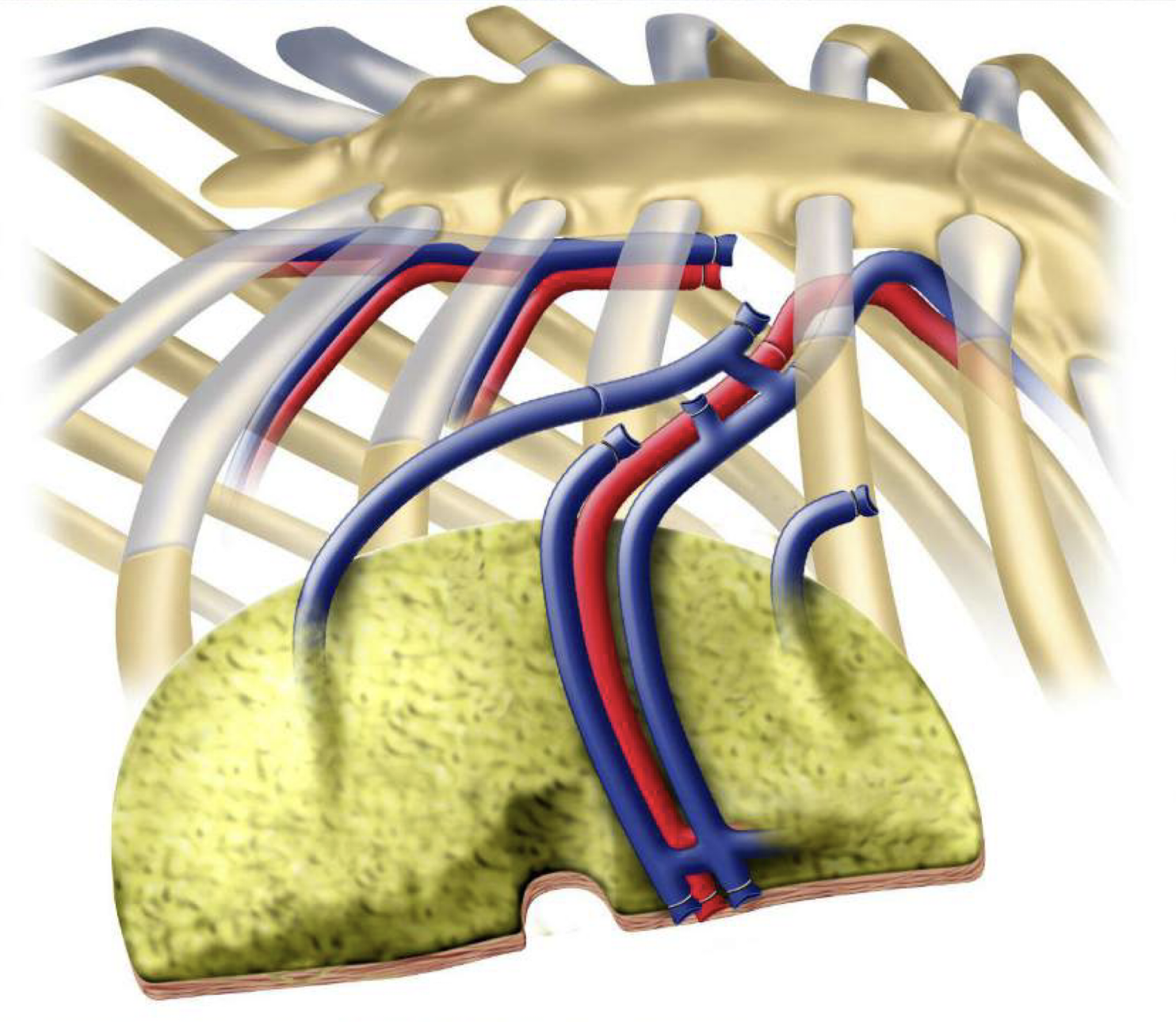Total breast reconstruction
Restore your breast, restore your femininity
Breast reconstruction surgery is one of the most breath-taking procedures within the field of plastic and reconstructive surgery. Not only is it a very elegant operation, but it allows us to restore the femininity in case of a planned or executed breast amputation. There has been an enormous evolution of surgical techniques to achieve a natural looking breast with good symmetry and long-lasting results. Whether you have been diagnosed with a genetic mutation, with a breast cancer that requires a complete breast removal or if you already underwent a mastectomy, there is a solution for every woman who wishes to restore her breast shape, symmetry and overall silhouette when wearing any type of clothing.
The essentials
Total breast reconstruction involves restoration of the breast shape, contour and volume after complete breast removal or mastectomy.
Breast reconstruction surgery combines the best techniques of aesthetic and reconstructive surgery to restore a natural looking breast.
Total breast reconstruction is possible immediately at the time of breast removal or in a secondary stage, if the mastectomy has been done before.
Several surgical options are possible: fat injections - a breast implant - a local tissue flap - a free tissue flap. Each option has there advantages and disadvantages, as well as best and least beast indications.
The best choice of breast reconstruction is the choice that is best for your body. Several factors play a role, such as desired breast volume, body shape, previous treatments, the current status of your chest, the time of surgery, and your wishes and expectations.
A breast reconstruction with fat injections has the shortest recovery time, a breast reconstruction with a tissue flap has the longest recovery time.
Avoid physical activity for 6 weeks.
Respect the recovery time well and you will profit from the transformation for the rest of your life.
What are the options for a total breast reconstruction ?
There are a lot of books written on the topic of breast reconstruction. I am aiming to summarise the key points for you, so you already have a good understanding of the possible options before you the consultation.
When planning a total breast reconstruction, there are 3 main options:
Using your own fat through liposuction and lipofilling, thus creating a new breast
Using a breast implant to restore the breast volume and shape
Transfer a tissue flap from another area of your body and reshape it to form a new breast
Breast reconstruction with lipofilling
If you have a rather small breast volume (size A or B), lipofilling-only can give you a supple, harmonious, natural looking breast with limited downtime. First, the fat is suctioned from areas of your body where you have a bit of excess. This is done through small 3mm incisions that are barely visible. The fat is then washed and prepared to inject. By strategically injecting the fat in several layers, we can recreate a natural looking, soft breast. The key messages are:
It is the option with the least amount of scars or incisions.
As the survival of the injected fat cells depends on a lot of factors, you cannot expect a big breast volume with this kind of procedure. The final breast volume is therefor limited to an A or B cup. A bigger volume may be obtained if we combine fat injections with a breast implant (see below).
Usually, two to three operations are necessary to obtain the final breast volume, as the amount of fat that can be injected per session is limited (to be sure that most of the injected fat survives).
This surgery has the best result if there has been a temporary implant placed at the time of mastectomy to maintain the breast skin envelope and create a recipient bed for the fat graft.
Lipofilling can never be done at the same time as the breast amputation.
The surgery is rather painless and the recovery time is fairly short.
You need to wear compression garments for 6 weeks on the zones where fat has been aspirated.
You have a long-lasting and natural result.
Breast reconstruction through fat grafting involved a 3-step process: fat harvesting through liposuction - fat washing to preserve clean fat graft - fat injection in multiple layers to recreate a supple, natural looking breast.
Breast reconstruction with an implant
Choosing an implant for breast reconstruction is an excellent option if you want a nice breast shape and volume with limited downtime. I have written a lot about breast implants under breast augmentation. There, you may find important information on the type of implants, volume, and shape. In case of breast reconstruction, there is of course no gland to cover the implant. I therefor often use a bit of your own fat to cover the edges of the implant to make it less palpable and create a softer feeling and more natural breast. If you prefer choosing an implant-based breast reconstruction, you need to know that:
There is a wide choice of possible implants with different shapes and volumes to choose from. The choice will depend on your wishes and expectations, but also on the volume of your other breast and your overall body shape. During the consultation, I will guide you to make the best choice that fits your body.
The incision that is needed is usually the same as the one through which the mastectomy was or is performed. The incision for the mastectomy depends for a large part on the location and size of the tumour. If you would be a patient for prophylactic breast amputation and reconstruction, then we may choose the best location of the incision and discuss that during the consultation.
Choosing for a breast implant will give you limited downtime, as there are no incisions needed elsewhere on the body and the recovery is similar to other breast procedures, such as a breast augmentation or breast lift. After just a few weeks, you will be able to re-start most of your daily activities.
By adding a layer of fat over the implant, I am able to cover the implant better to give you are more supple breast. The breast not only looks more natural but feels softer as well. This added procedure is completely covered by the insurance and can be performed during the same surgery or in a second stage.
A breast implant is a good option if you have limited to no fat excess in another area of your body, such as the abdomen, flanks or thighs. It also keeps other options, such as using a tissue flap, possible in the future.
A breast implant is not a good options if you received radiotherapy, as the skin envelope usually becomes a bit stiffer after the radiation. This is very hard to improve and your breast implant may not be as supple. Some patients do still have a very supple skin after radiation therapy and may still be a good candidate for an implant, but that does not happen very often.
A breast implant is also not a good option if you already had a mastectomy without the immediate placement of a temporary implant. In other words, if your chest is flat at the moment, then an implant is not possible as there is not enough skin envelope to cover the implant. In some cases, we may have the option to first place a temporary implant before placing the final breast implant.
A breast implant is never for life. The average lifespan of a breast implant is about 15 years. There are several reasons to change a breast implant: implant rupture, capsule formation around the implant, developed asymmetry, or displacement of the implant. An implant is of course a very durable option, but you have to know that we usually will need to change your implant at least once in your life.
The same incision of the mastectomy can usually be used to place the implant.
Implant-based reconstruction has the best outcome if a temporary implant has been placed before to keep the skin envelope and breast shape.
Depending on the quality and thickness of the breast skin, the implant can be placed behind or in front of the muscle.
Breast reconstruction with an tissue flap
A tissue flap usually consists of fat and skin with or without muscle, together with its main blood supply to nurture the flap. Depending on your overal body shape and fat distribution, a tissue flap can be harvested from the abdomen (most popular), upper back, lower back, or inner thigh. The zone where the flap is taken is closed with the maximum amount of care and aesthetic eye to have a scar that is covered by normal clothing and underwear. The flap is then transferred to your breast, where the blood vessels are connected to blood vessels in your chest. That way, blood can come in the flap and back out again. In a last step, the flap is shaped to a natural looking, soft, and supple breast. This is a highly complex, but very elegant operation that gives the most stable results on the long term, but has the longest recovery time as well. It is the biggest investment that you can do, but with the best outcome on the long term. If you prefer a flap-based breast reconstruction, you need to know that:
This option is possible in most patients who have some tissue excess in one of the zones I mentioned: abdomen, upper back, lower back, inner thighs. Depending on the chosen region, the final scar will either be covered by your underwear (abdomen), (partially) inside the bra (upper back), covered by high-rising underwear (lower back) or in the groin (inner thigh).
The abdomen is the most popular region, as most women (especially after pregnancy) have some excess tissue in the lower abdomen. This type of tissue flap (we call that a DIEAP-flap) gives you the added advantage of having a flatter, tighter abdomen after the surgery with a scar that is hidden by most types of underwear.
A tissue flap will give you the most natural and long-lasting results of all the options. You will have a supple, natural looking breast that feels warm, is very symmetric to your other breast, and rarely requires any additional surgery on the long term.
This is the best option if you received or will receive radiotherapy. The stiffer skin can then be excised and replaced by supple, more softer skin from your donor region.
This is also the best option if you previously underwent a breast amputation and you currently have a flat chest. The skin of the flap can then be used to recreate a natural, supple breast shape.
This is a surgery with the longest operative time and longest recovery time. You need to count at least 6 weeks of recovery time, during which you are not allowed to perform any (major) physical activity. You will need to wear a compression garment and follow the post-operative instructions as much as possible. The upside is that you only require one big operation for the rest of your life.
A tissue flap consists of skin, fat, and a main blood supply to nurture the flap. If possible, no muscle is taken with the flap.
The blood vessels of the tissue flap are connected to vessels in your chest wall so blood can flow in and out of the flap.
Several areas of the body are suitable to donate a tissue flap, that can be shaped to recreate a natural breast. The final scar will depend on the chosen donor site.
What is the best option for your breast reconstruction ?
In order to choose the best option for you, we need to have an in-depth conversation to know your wishes and expectations, but also to perform a thorough clinical investigation where I look at both your current breast situation and the rest of your body. This will give me an idea of what options I can offer you.
Choosing the best options for you will then depend on the following factors:
The performed mastectomy or planned excision that is needed to have the best oncological outcome. This is of course the most important factor
Your current breast shape and size or the breast aspects of your other breast, if you already had surgery
Your overall body shape and fat distribution
Your wishes and expectations
Your preferred breast volume
Your level of physical activity
Your preference regarding additional scars and recovery time
Possible previous surgeries you had
In some cases, we will be able to choose between, for example, an implant or a tissue flap. In other cases (such as after radiotherapy), I will explain to you why a tissue flap is the best option for you (in most cases). Sometimes a combination is possible, such as an implant with fat injections. It all depends on your specific body shape, breast status and areas of tissue excess. The operative plan is therefor very specific to you and I apply a very patient-tailored approach for this type of surgery.
During the consultation, I will explain to you the procedure in more detail, with pictures and photographs, as well as which scars to expect and the post-operative care that will be needed. The downtime depends on the final option that we choose and ranges from 2 weeks (lipofilling) to 4 weeks (breast implant) to 6 weeks (tissue flap).
If you are a candidate for breast reconstruction, either after breast cancer or having been diagnosed with a genetic mutation, I recommend you to plan a consultation in order to see how we can give you the most natural and best looking breasts that fit perfect on your body.

















